Despite its name, this bird packs a big personality and plays a vital role in the ecosystem.
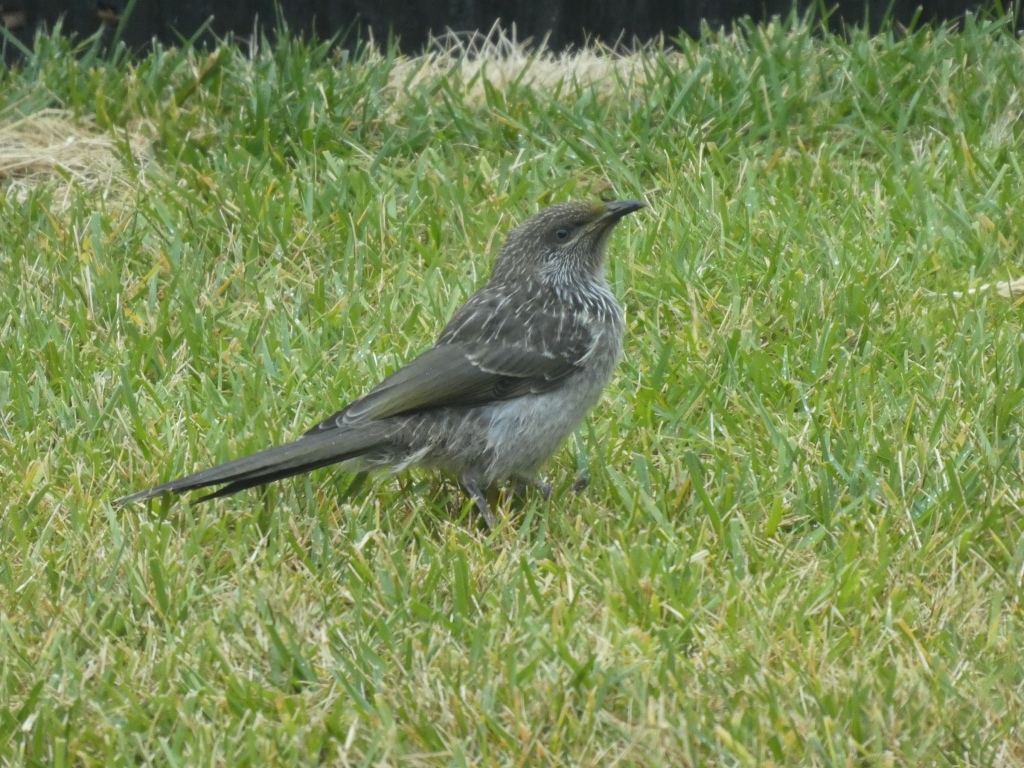
The little wattlebird is in reality, not so little. It’s a medium-sized honeyeater (about 33cm in length) with a dark brown head and back contrasting with white streaked underparts and a rufous patch on the wings which is more noticeable in flight. There are three wattlebirds in Australia, the red, yellow and little wattlebird, with the latter being the smallest.
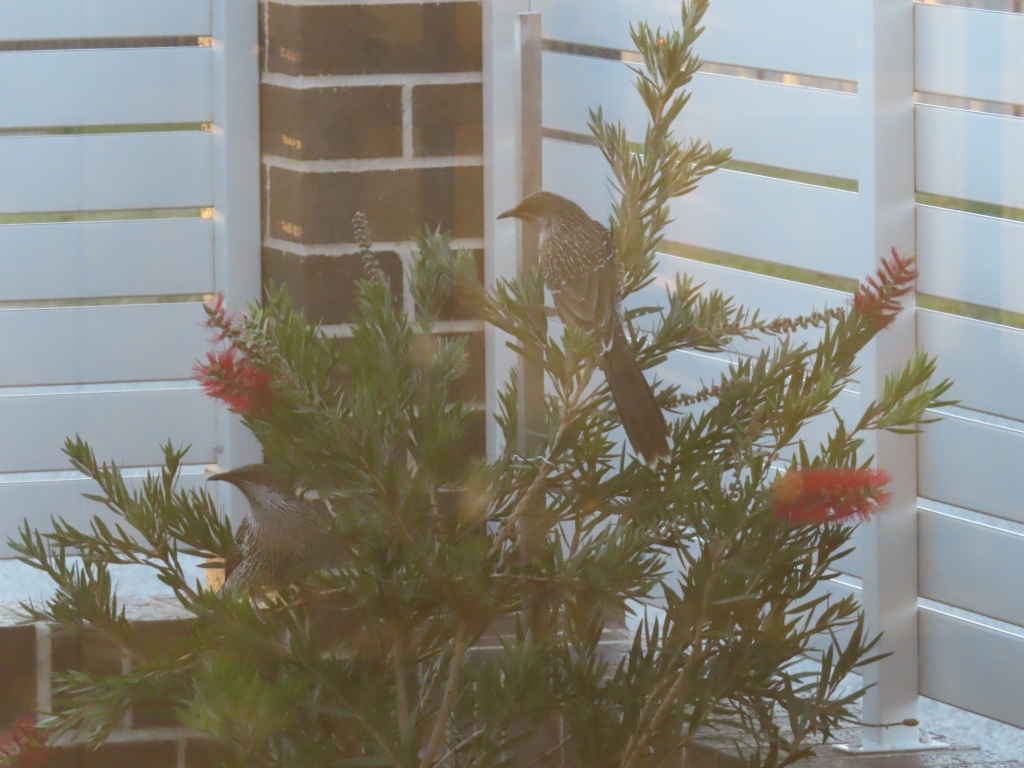
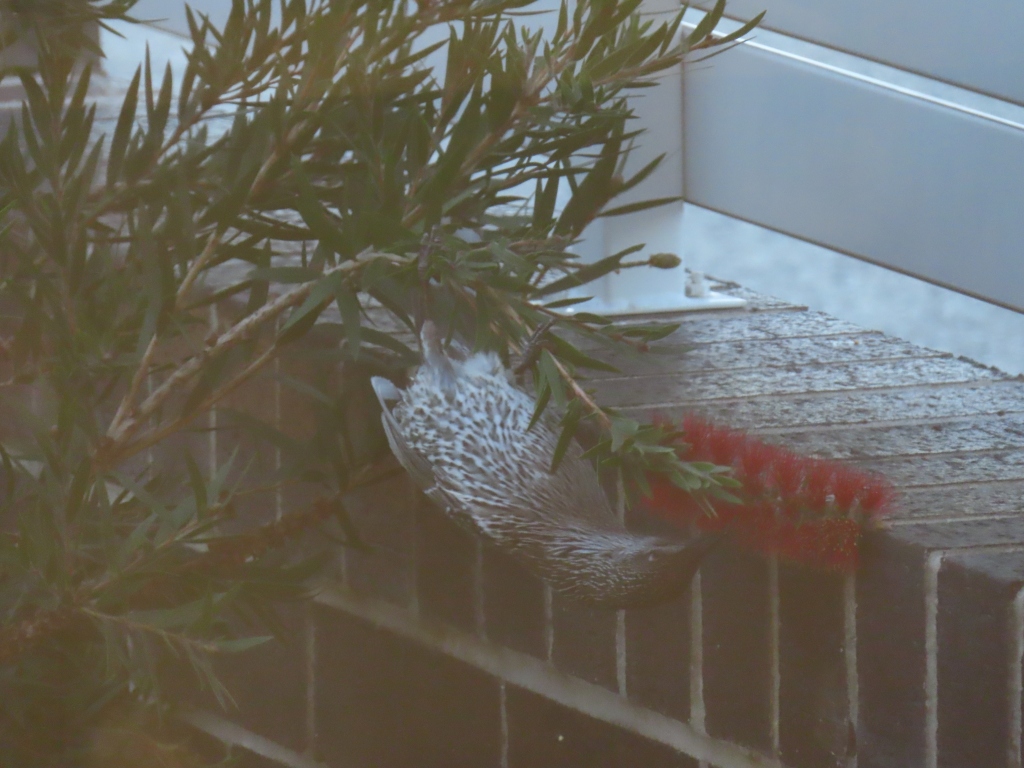
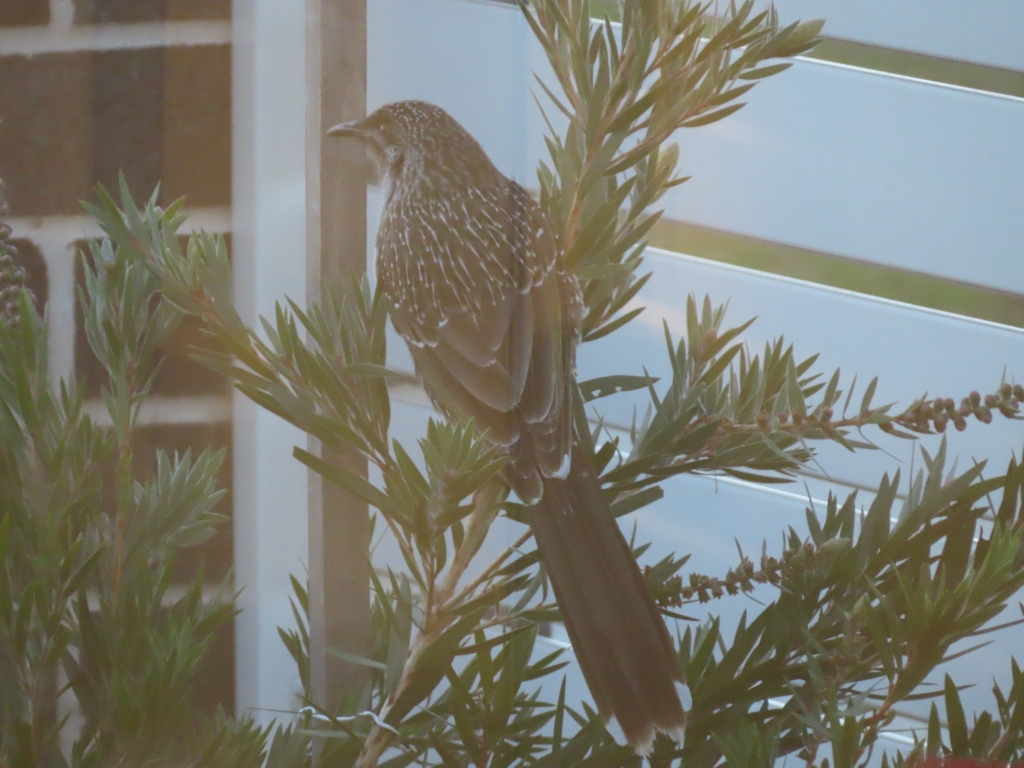
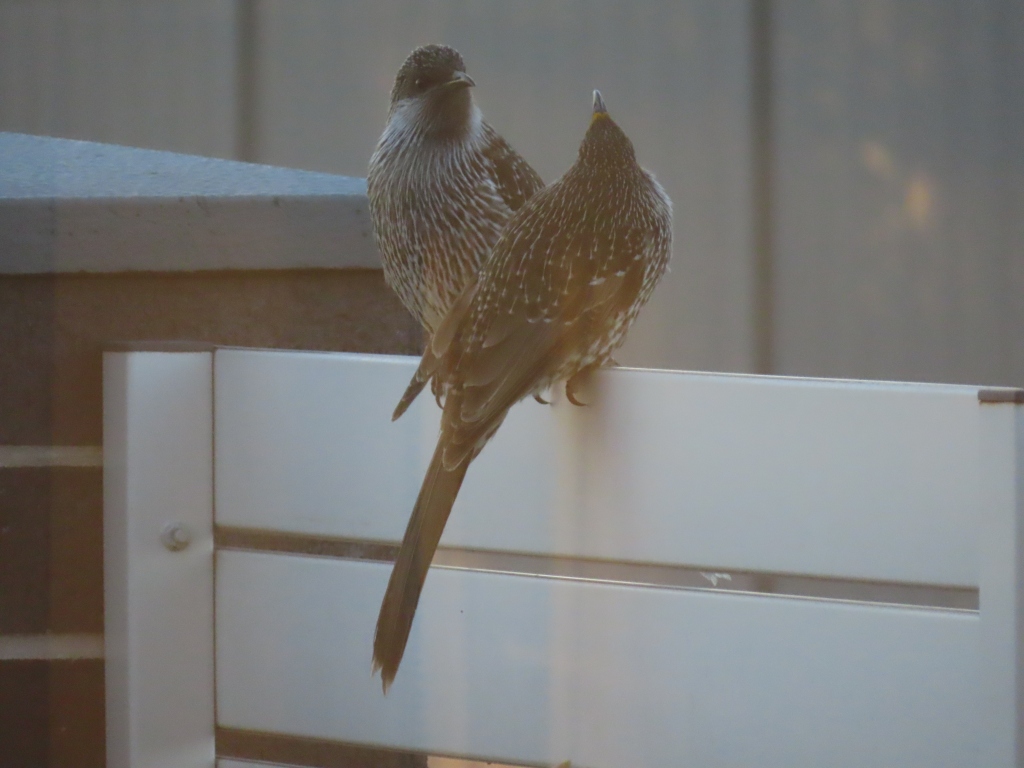
The little wattlebird is a frequent visitor to gardens and backyards, especially those with flowering native plants. They’re quite vocal, with a repertoire that includes loud calls and melodic whistles. They are very loud at dawn, and are sometimes referred to as the five o’clock bird, not just for waking people up early, but their call sounds like they are saying “five o’clock”. Some people think the bird call sounds like they are saying “fetch the gun”. What do you think?
The little wattlebird is a true nectar enthusiast with a long, brush-tipped tongue perfectly adapted for reaching deep into flowers and extracting the sweet liquid from the blooms of banksias, grevilleas, and other native flowers.
They also enjoy a varied diet of insects, berries, and even the occasional seed. And their acrobatic insect catching skills are fascinating to watch.
There is a large group of little wattlebirds that live in the reserve opposite my house, so I am regularly seeing them (and hearing them!). Since I have planted some native shrubs in my garden, I am getting visited everyday by the local wattlebirds feeding on the native flowers, and I have been able to watch them raise young ones several times.
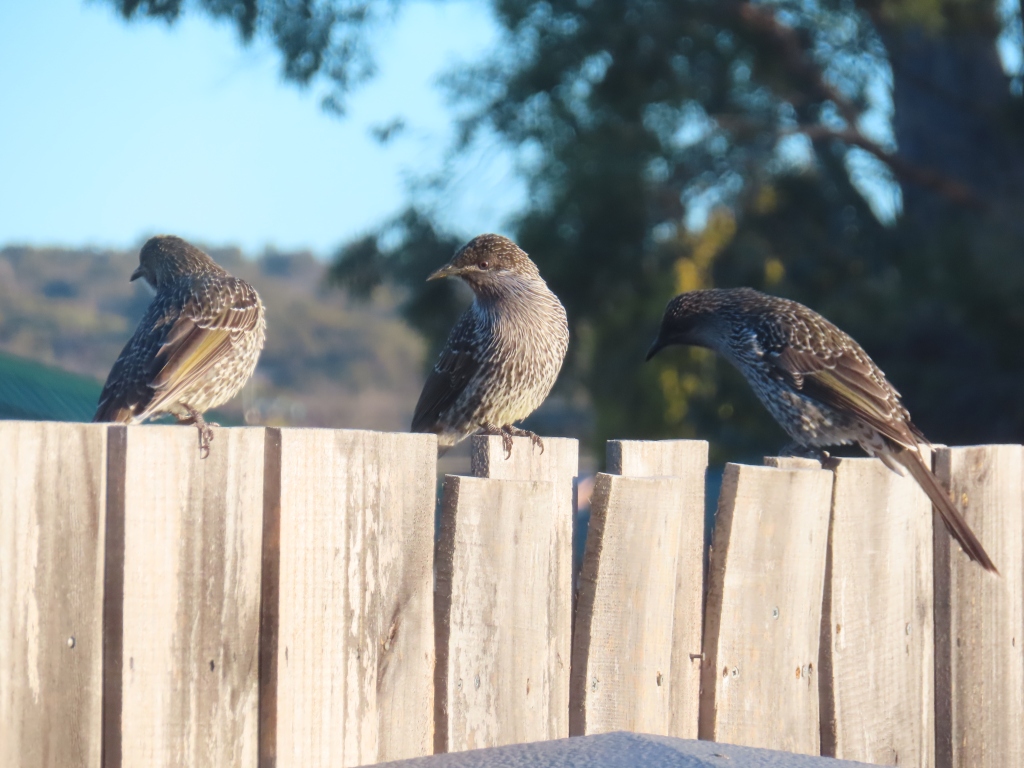
Until next time,
Sue
